#juan luna
Photo
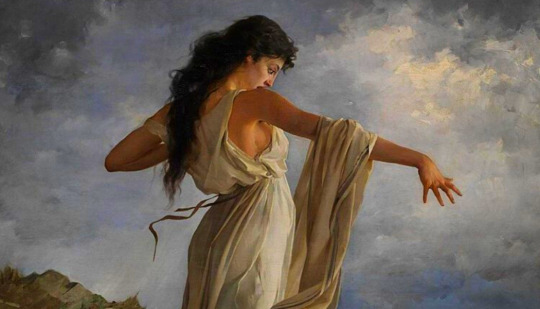

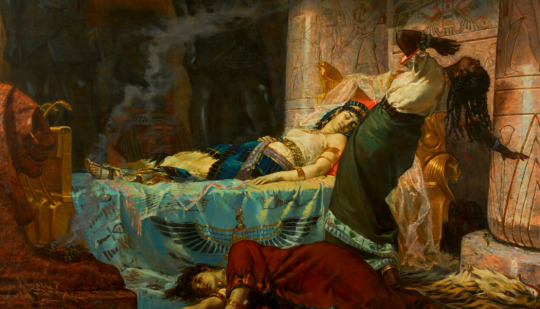
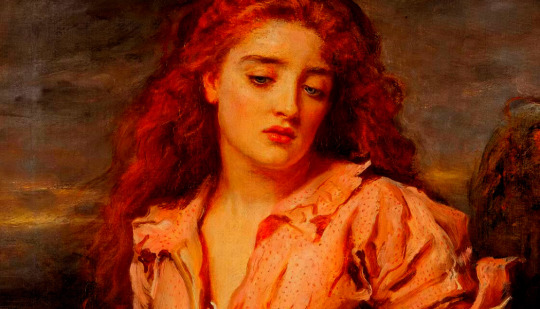

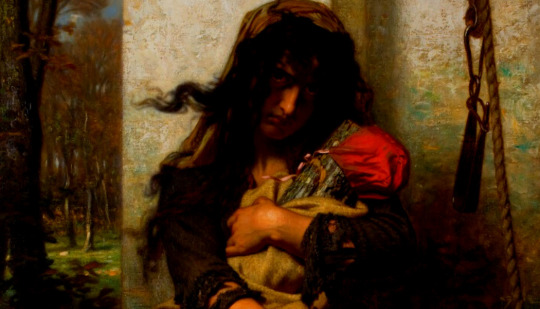


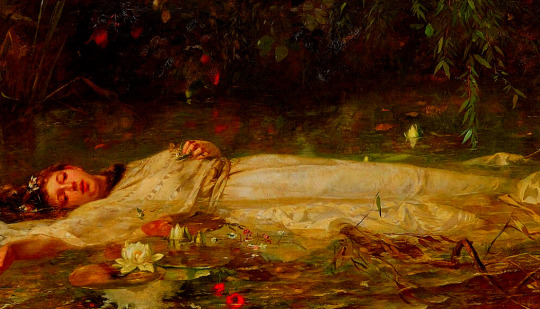
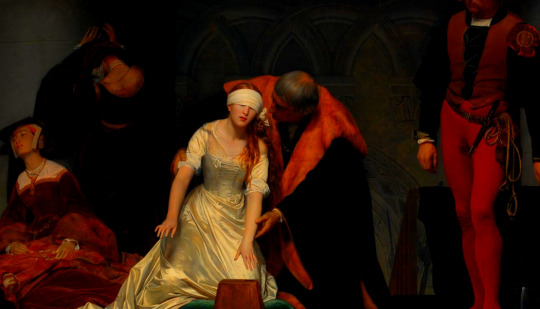
female tragedies in art
death of sappho by michael carbonell (1881)
desdémona by alexandre cabanel (1871)
the death of cleopatra by juan luna (1881)
the martyr of solway by john everett millais (1871)
amy robsart by william frederick yeames (1877)
the lunatic of etretat by hugues merle (1871)
a murder in the house by jakub schikaneder (1890)
korean mother by wojciech fangor (1951)
ophelia by friedrich wilhelm theodor heyser (1900)
the execution of lady jane grey by paul delaroche (1833)
#female tragedies#art#art history#history#death of sappho#michael carbonell#desdemona#alexandre cabanel#the death of cleopatra#cleopatra#juan luna#the martyr of solway#sir john everett millais#amy robsart#william frederick yeames#the lunatic of etretat#hugues merle#a murder in the house#jakub schikaneder#korean mother#wojciech fangor#ophelia#friedrich wilhelm theodor heyser#the execution of lady jane grey#paul delaroche#*
599 notes
·
View notes
Text


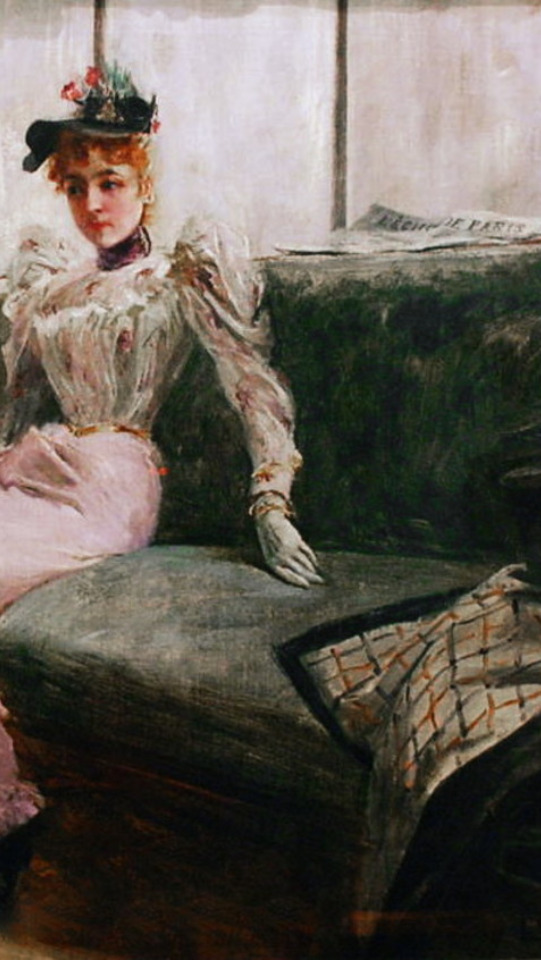

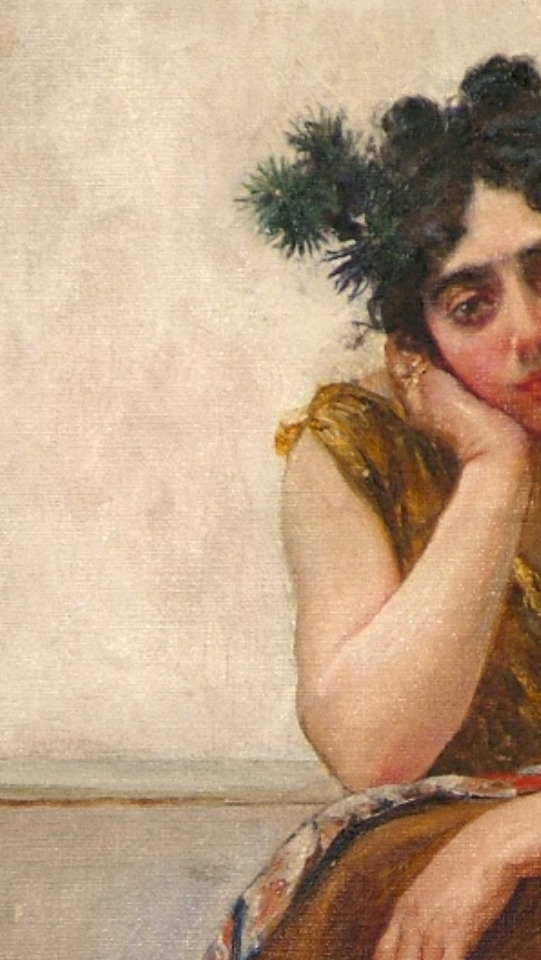




Juan Luna lockscreens
Like it if you saved it
#juan luna#lockscreens#painting lockscreen#lockscreen#juan luna lockscreen#art lockscreen#art lockscreens#women in painting
29 notes
·
View notes
Text


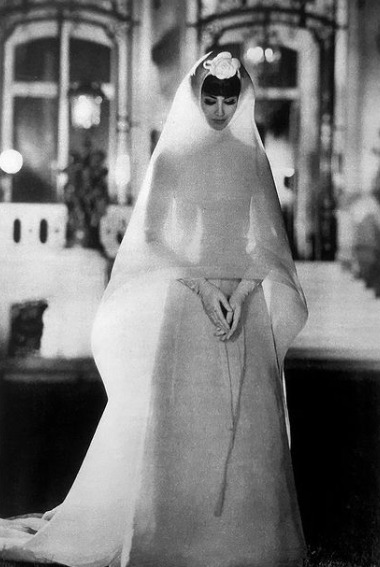

Okay, found the inspiration for the Dior dress Anya Taylor-Joy was wearing for the Dune: Part Two London premiere.
It's the Hyménée dress by Marc Bohan for Dior. Unveiled (HA!) in the Haute Couture Spring/Summer 1961 collection. Designed as a bridal/wedding dress and worn by Maison Dior muse Kouka Denis aka Maria Gaspar.
Hyménée can refer to different things, but here it is a reference to marriage and nuptial bonds, refering back to the Greek god of marriage, Hymen.
Upon research for the term I also stumbled upon this painting which was inspired by the wedding chant, Catallus 62, by Roman poet Catallus [https://ancient-literature.com/catullus-62-translation/]:

Juan Luna: Hymen, oh Hyménée!, ca. 1886–87, oil on canvas, 1.25 m × 2.505 m, Ayala Museum (on loan), Philippines.
This painting is called Hymen, oh Hyménée!, and is a direct reference to Catallus 62, and depicts a bridal scene, more specifically the Roman wedding ritual of the bride entering the groom's house. It is by Filipino painter Juan Luna who exhibited it in Paris in the late 19th century.
So, to conclude: Referring back to my first thought that the dress looks like a nod to Holy Mary (or because of the sheerness :D more like Mary Magdalene in the eyes of conservative Christianity and their narrow ideas of what a woman is and should be presented in regard to the whole "Madonna - Whore - Complex"*) and regardless of when the Roman wedding ritual was first enacted (pre Christianity or not), marriage was seen as something sacred and surrounded a lot of purification and devotion rituals. So there is reference upon reference to be found here and kind of manifested in a way in this dress.
What do you guys think? Let me know :)
*Also called virgin-harlot paradox.
#anya taylor joy#dune#dune part two#styling on pointe#dior#maison dior#hymenee dress#bridal dress#fashion#haute couture#art#fashion meets art meets celestial bodies#wedding dress#kouka denis#juan luna#painting#zendaya#fashion history
12 notes
·
View notes
Text

Cleopatra, 1881, by Juan Luna (1857-1899)
253 notes
·
View notes
Photo

Hymen, oh Hyménée! (1889)
by Juan Luna (1857-1899)
#juan luna#hymen oh hymenee#art#oil on canvas#late 19th century#philippine art#advanced happy independence day mga kababayan
26 notes
·
View notes
Photo

THE ‘HOLY GRAIL’ OF PH ART IS BACK HOME
After 132 years of disappearing from the public eye, Juan Luna’s “Hymen, oh Hyménée!” was unveiled at the Ayala Museum on Friday, in time for the celebration of the country’s 125th Independence Day on June 12, 2023.
The masterpiece which translates to “Roman Wedding,” is dubbed as the “holy grail” of Filipino art. “Hymen, oh Hyménée!” was last seen in Paris, France.
“Splendor: Juan Luna, Painter as Hero,” an immersive exhibition, will feature the Juan Luna masterpiece. Ayala Museum offers free admission to the public on Independence Day, June 12, 2023. It will run until December 31, 2023.
Ang larawan at caption ay galing sa opisyal na Facebook account ng Philippine Star
12 notes
·
View notes
Text
Happy Fourth of July
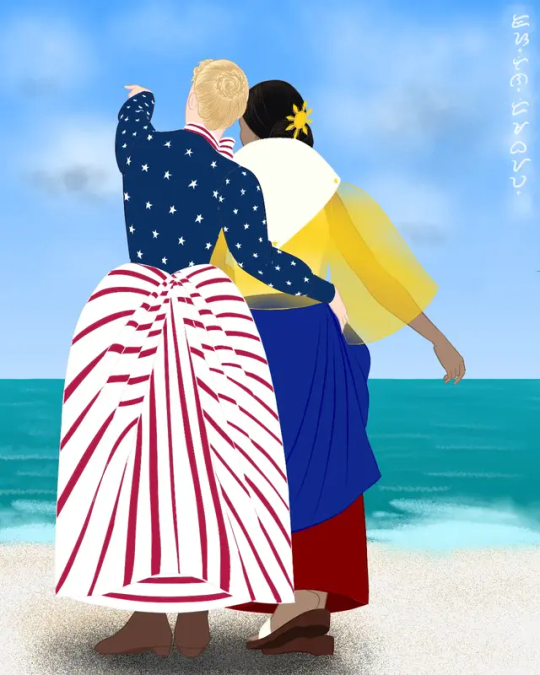
Although the U.S.A. declared independence for the Philippines on July 4, 1946, the Philippines has historically celebrated this date as Philippine-American Friendship Day in favor of commemorating June 12 as the "real" Philippine Independence Day instead. It doesn't really make sense, and I know that a fraction of Filipinos do recognize July 4 as our "real" independence day.
youtube
Most Filipinos have conflicted feelings about America, but as someone with several relatives living in the U.S., where they live comfortably, I have a soft spot for the U.S.
So I celebrate today with my Filipino and American mutuals with this recreation of Juan Luna's España y Filipinas reimagined as Columbia and Inang Bayan.

Inang Bayan (Motherland) is dressed in a traditional baro't saya with the Philippine colors while Columbia's dress is inspired from this gorgeous striped dress from the late 1800s.
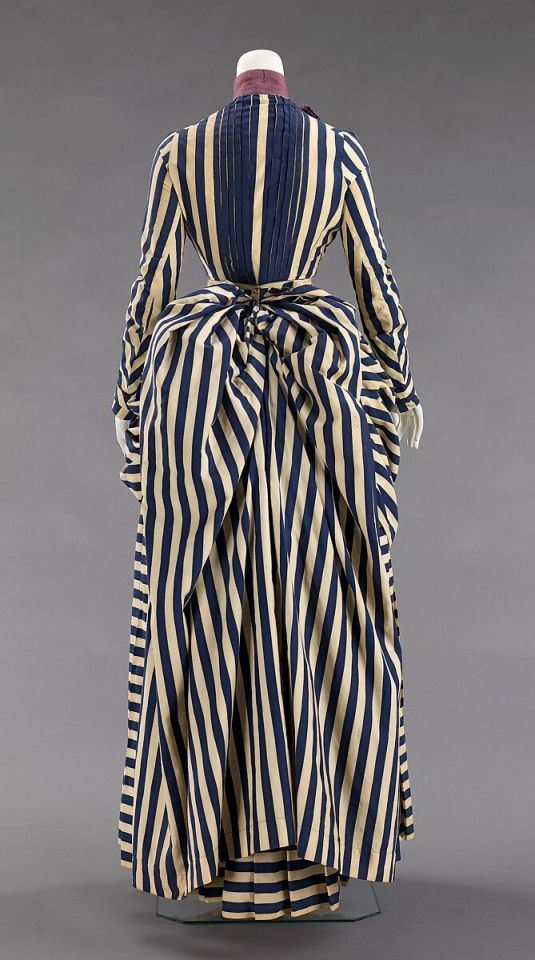
#fourth of july#american independence#philippine independence day#independence day#declaration of independence#digital art#medibangpaint#medibang paint#medibang art#artstreet medibang#medibang#España y Filipinas#juan luna#aeshna's art#philippine-american friendship day#Youtube
16 notes
·
View notes
Photo
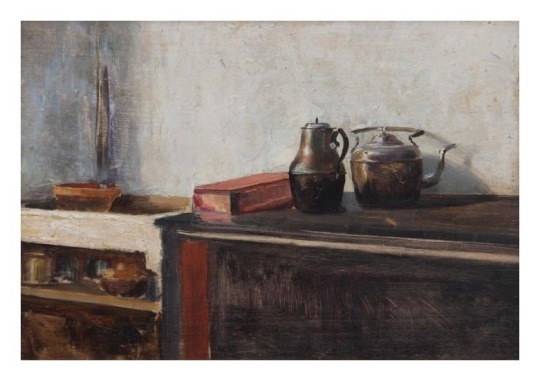
Juan Luna - Still Life: Coffee Pot and Kettle, undated. Oil on wood/32.4 x 46.2 cm.
Ayala Museum
14 notes
·
View notes
Text

The Death of Cleopatra by Juan Luna
The Death of Cleopatra depicts Cleopatra moments after her death, with Luna taking inspiration for the painting's composition from Plutarch's account of her life in his Parallel Lives series. Her corpse is found at the centre of the painting, lying on a bed adorned with a golden headboard and covered with rich bedsheets, with the sheets themselves decorated with hieroglyphs and the footboard similarly adorned in gold. Cleopatra herself is bejeweled and dressed in a manner befitting that of an Egyptian queen, and smoke coming from a nearby lamp, said to contain incense, hovering above her body signifies that she had died, giving the piece a mysterious aura. While Cleopatra is clothed, the cloth above her belt and around her breasts is transparent, playing into the popular concept of an "eroticised" Cleopatra that is common in other works of the era depicting her death.
Two servants in various states of collapse are also present in the painting, with the first, Iras, already dead by Cleopatra's feet. The second, the dark-skinned Charmion, is seen falling after she adjusts Cleopatra's diadem, dying shortly thereafter. Meanwhile, the asp that reportedly caused Cleopatra's death is seen by the foot of one of the room's columns, barely visible as it slithers away.
The setting for The Death of Cleopatra is funerary in nature, indicated by the various decorations in the room such as the sphinx by the footboard, canopic jars by the headboard, the lamp and even the columns decorated with hieroglyphs. A statue of Anubis is also present in the background, foreshadowing what was to come.
#cleopatra#death#ancient egypt#egytian#egypt#ptolemy#history#art#juan luna#statue#anubis#sphinx#columns#hieroglyphs#museo del prado
28 notes
·
View notes
Text
Dama De Noche don’t grow around here
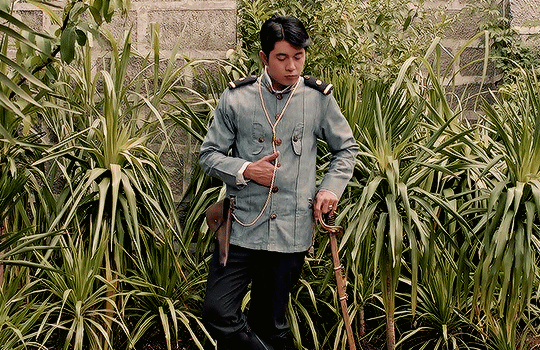
Goyo retreats to his rooms in Dagupan, only to find himself face to face with the ghost of the past bent on getting revenge for the death of Heneral Luna.
Vicente just wants to do the right thing. Julian thinks he's always doing the right thing. Joven doesn't want to be blind to wrong things masking themselves as right things.
And Sofia Valera? She is a hurricane.
In the middle of unfolding events, a silent chaos ensues.
Super late to the fandom but I just gotta share this fic, this is my favorite fic from the rest and it even has one of the things I hate about fan fictions. I don’t usually like OCs in fanfiction because they tend to be really bad, I don’t mind OC kids of the main characters but OCs that **are** the main characters? Hwat!? I’m so impressed with puspinterlocke. Their OC is so good I thought she was a real character I must have missed.
Anyways, this fic is unfinished since 2018, but I’m still sharing it cuz more people need to read it even if it remains unfinished.
#Goyo#Goyo batang heneral#fanfiction#m#incomplete#AO3#goyo: ang batang heneral#heneral Luna#bayani universe#Julian Del Pilar#Gregorio Del Pilar#Juan Luna#General Juan Luna
7 notes
·
View notes
Text

"A glimpse into history, where art speaks volumes and whispers of the past."
5 notes
·
View notes
Text
Juan Luna: The first Philippine native-born International Star
When we think of International stars from the Philippines, names like Lea Salonga, Dolly De Leon, Charice Pempengco, Arnel Pineda, and more come to mind. But for someone like me whose hobby is to read and study history, the first to come to mind is one of our national heroes, Juan Luna de San Pedro y Novicio Ancheta, or simply "Juan Luna."

Born on October 23, 1857, as a creole, he was a painter, sculptor, and a political activist during the late 19th century Philippine Revolution. He's most famous for his masterpiece, 'Spoliarium,' and as the brother of General Antonio Luna.
When I heard the news that Juan Luna's painting, "Hymen, oh Hyménée!" also known as "The Holy Grail" of Philippine Art, had been found and would be displayed in the Ayala Museum, I knew I had to see it. Despite a busy schedule, I made the effort, and it was entirely worth it. The painting had won a Bronze Medal at the 1889 Exposition Universelle in Paris, France, catapulting Juan Luna to international fame and admiration. In an era when Filipinos were often seen as 'inferior,' Luna shattered stereotypes, proving that Filipinos could be great artists, earning international pride.

Before its discovery, many Filipino art collectors and historians had no idea what happened to the painting. Some believed it was destroyed during the wartime destruction of Manila or by fire at the hands of Pardo de Tavera's after Luna tragically killed his wife and mother-in-law in 1892.

Seeing the painting at the Ayala Museum's "Splendor" exhibition left me awestruck by its beauty, technique, genius, and intricate details. I stood there for about 20 minutes, pondering what was going through Luna's mind when he created this masterpiece. According to historian Prof. Ambeth Ocampo, "Hymen, oh Hyménée!" marked Luna's transition to becoming a "socially aware" artist. His subsequent works reflected the dark, impoverished, and corrupt society, making it difficult for him to sell paintings and leading to financial hardship.
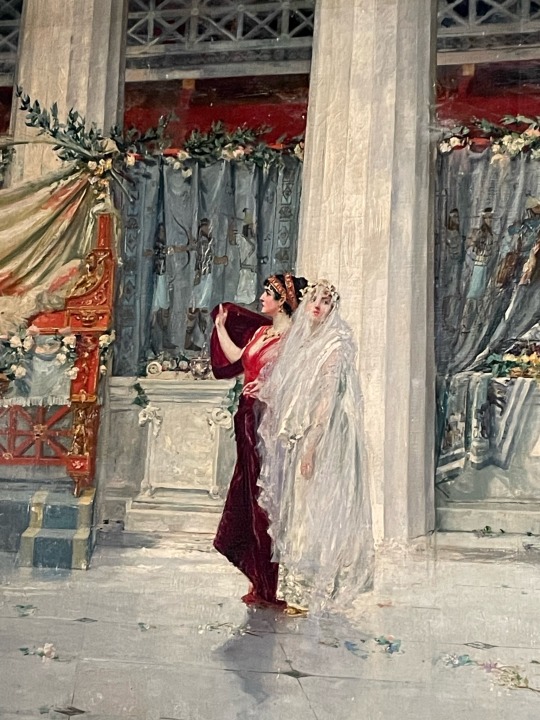
Juan Luna's life story was filled with greatness, yet also shrouded in darkness and violence. After being acquitted of charges related to the deaths of his wife and mother-in-law, Luna returned to the Philippines. He and his brother Antonio initially did not join the revolution but were later arrested. In 1898, he was appointed by the executive board of the Philippine revolutionary government and played a pivotal role in securing recognition for the Philippine republic in France and Washington D.C. After the tragic death of his brother General Antonio Luna, he returned to the Philippines, but ultimately, he passed away in Hong Kong in 1899.
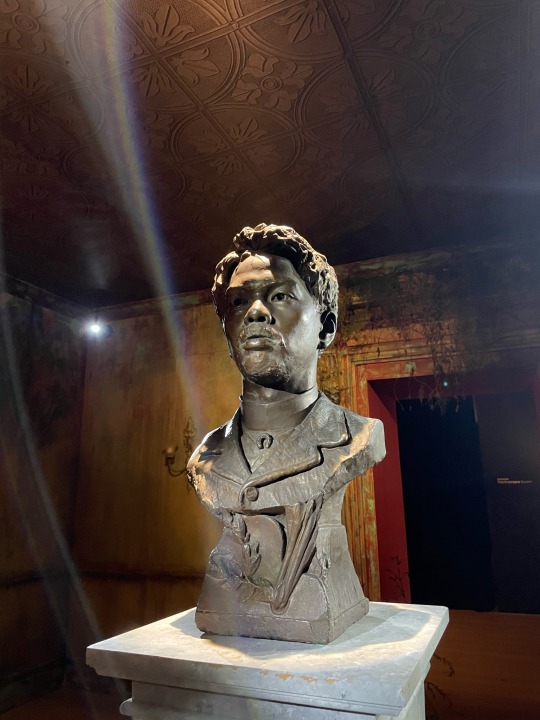
Studying the tumultuous life of Juan Luna prompts us to question whether he deserves a place among our national heroes. None of our national heroes are perfect; they were human, capable of mistakes and sins, and Juan Luna was no exception. Nevertheless, he provided us with something to be proud of, dismantling racist views about Filipinos. Juan Luna, like our other national heroes, earned his place not because of the mistakes and sins he made but because of his remarkable contributions, helping define what it means to be called a "Filipino" as the first Filipino international star."
2 notes
·
View notes
Text
Oh Juan Luna 🤍



4 notes
·
View notes
Text

Juan Luna - The Parisian Life (1892)
82 notes
·
View notes
Text

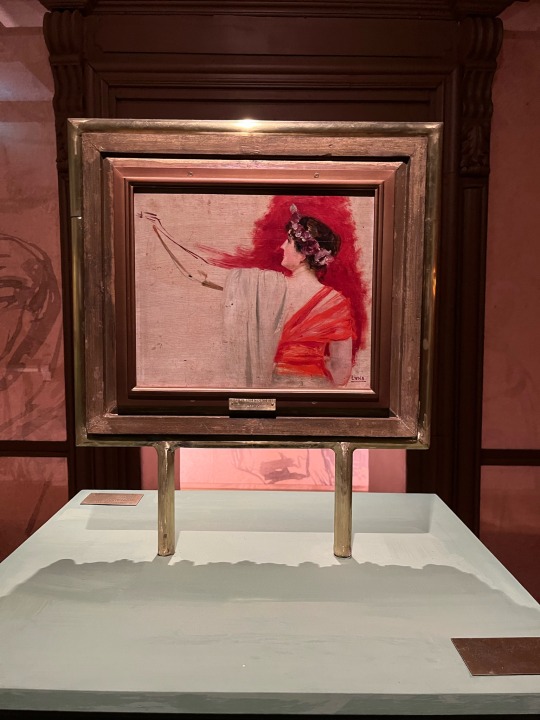

Hymen, oh Hyménée! / Boda Romana de Juan Luna (1887)
#juan luna#painting#classical art#filipino art#art history#art tag#art#philippines#philippine art#ayala museum#this painting is beautiful but it’s on SIGHT if i see people praising luna for his character
2 notes
·
View notes
